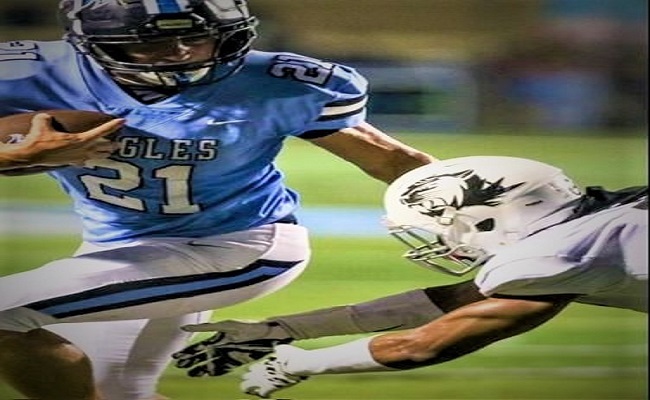For the student-athlete, the off-season and summer can often be a time for losing results, but they do not have to be, according to David Bennett Galloway III.
CHAPIN, SOUTH CAROLINA, December 13, 2022 — The sports season is a grueling time for student-athletes like David Bennett Galloway III. Training, games, traveling, school and more pile up to create a hectic time period that often breaks only slightly before another sport begins or summer vacation starts. Whether the off-season is most of the year or summer alone, it’s important to stay in reasonable shape to avoid additional stress when it’s time to suit up again.
Table of Contents
Tips for managing the offseason
Embrace rest
While it may seem counterintuitive to retain conditioning, David Bennett Galloway III explains it is important to take advantage of the additional opportunities for rest time the season ending provides, particularly immediately after and immediately prior to the season. Participating in a team sport and the subsequent training means nearly consistent action between practice, training, games, and more. When the constant motion ends, it’s good to give the body and mind a time period to recalibrate. Follow any team requirements, but otherwise, consider taking a short period of time off, such as one to two weeks, before starting a less harried but still consistent training routine.
It doesn’t need to be intense or mirror practice sessions during the season. Instead, it should focus on maintaining current levels of conditioning and addressing any weak areas. Exercising a few times per week in a purposeful way is adequate if there is no need to target a specific problem.
Adjust training programs
Injury prevention
During the season, exercises are going to focus on power and endurance, so the off-season provides a perfect opportunity to train for avoiding injuries. This means keeping a tight focus on stabilizing muscles with single-limb exercises, abdominal routines incorporating the back, and routines designed to strengthen the areas around major joints like the hips, shoulders, and knees and more delicate joints, such as the ankle. Spend time with a trainer to establish an initial program and repeat it regularly. Most moves will focus on single-leg or single-arm exercises, moving opposite limbs at the same time, such as the right leg and the left arm, or lifting in motion.
Diverse results
Training both fast-twitch and slow-twitch muscle fibers can also help address any imbalances in the body and create more dynamic performance in the upcoming season while mixing up the routine. Incorporate ballistic movements into a strength training routine and focus on mixing up endurance activities, such as long runs, with speed-based drills like sprinting. Favor activities like high-intensity interval training versus traditional cardio to maximize results and minimize the time commitment required.
Maintain solid nutrition
A strong nutritional plan is also a must during the off-season. While it’s OK to be a bit more indulgent, it’s also not a good idea to develop eating habits that can set back progress and need to be curtailed in the new season. David Bennett Galloway III reminds us to continue eating high-quality proteins and complex carbs with healthy fats to stay in shape.


